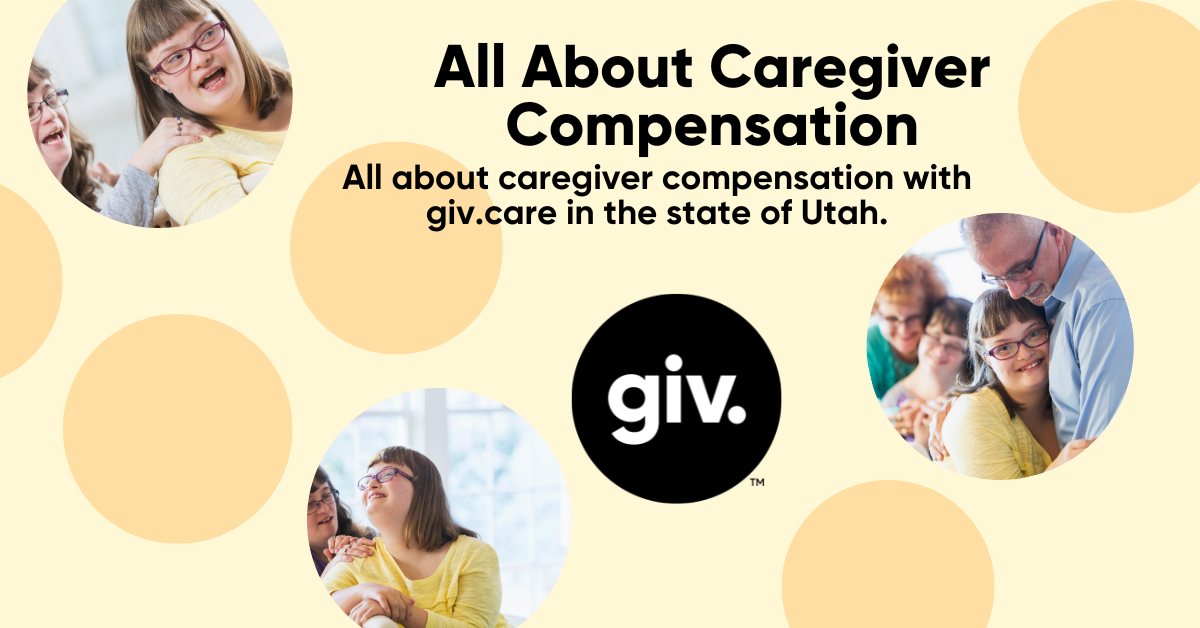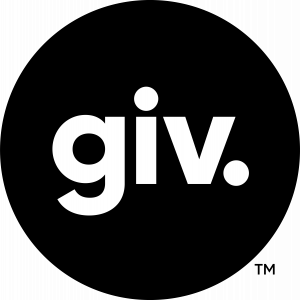Caregiver compensation has been a major benefit that has come out of the 2020 covid-19 pandemic. While efforts are still being made to see that this becomes a permanent fixture to the caregiving industry, particularly in the state of Utah, we thought we would break down what it is, how to use your benefits with giv.care, and how we plan to support families through the transition process should these benefits end in 2023.
What is Caregiver Compensation?
Caregiver compensation is when a parent or legal guardian is able to make money caring for their loved one who has a disability. In the state of Utah, many individuals with intellectual and physical disabilities receive medicaid benefits through the DSPD waiver. This waiver gives each individual an annual budget for “daily supports” that can be allocated in many different ways. These budgets can be used for group homes, day programs, caregivers, and so much more.
In 2020 when the world shut down and individuals were no longer able to go to day programs and everyone was staying home, these individuals in services still had a great need and no one to provide those services to them. The state of Utah came out and said that parents and legal guardians could be paid to perform these services for their loved one, and it’s been allowed to continue since the pandemic.

How to Use Caregiver Compensation with giv.care?
To use caregiver compensation with giv.care the family needs to speak with their support coordinator about their support budget and how much they can bring over to giv.care. Typically families that are billing the SL3 code in the SAS model are able to have their support coordinator change their code from SL3 in SAS to SLN (which is a supported living code used in an agency as opposed to SL3 which is a SAS only code.)
When the support coordinator makes that change, the family may not get the same amount of caregiving hours because the SLN code with an agency bills the state at a higher rate than the SL3 code. We have seen that families still make more money with giv.care when they make this switch even though they’re billing less hours overall. This of course is a conversation to have with your support coordinator, but it’s how many families have used their caregiver compensation budgets with giv.care.
Once your budget has been switched to SLN, we hire the guardian as our employee, and then they can start creating and billing shifts through the ease of our mobile app.

What’s The Plan when Caregiver Compensation Ends?
As of right now the state of Utah is saying that caregiver compensation is going to end in June 2023 and that they’re not going to extend it. There are MANY groups within the disability community in Utah who are trying to lobby to see it continue. We as an agency are among those who are trying to speak up and advocate for caregiver compensation continuing.
Should caregiver compensation end in June 2023 like currently projected, the state has said that families will have six more months to continue using caregiver compensation before they get cut off. This is to give families six months to find new caregivers to care for their loved one and work out the details through the transition process.
At giv.care our hope is to support and help transition families through this process should June 2023 become a reality. We have caregivers who are already working with giv.care that would like to work with more families. We can help families get connected to these caregivers and see if they are a good fit for your family. We also have many resources that we’ve written on finding caregivers and how you can tap into your local community to find those who might be willing to work with your loved one.







